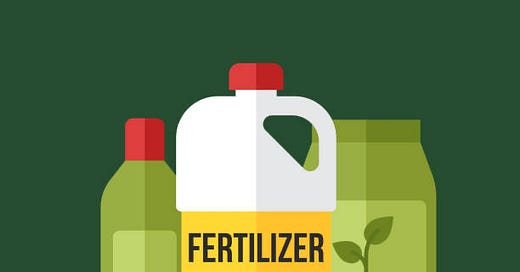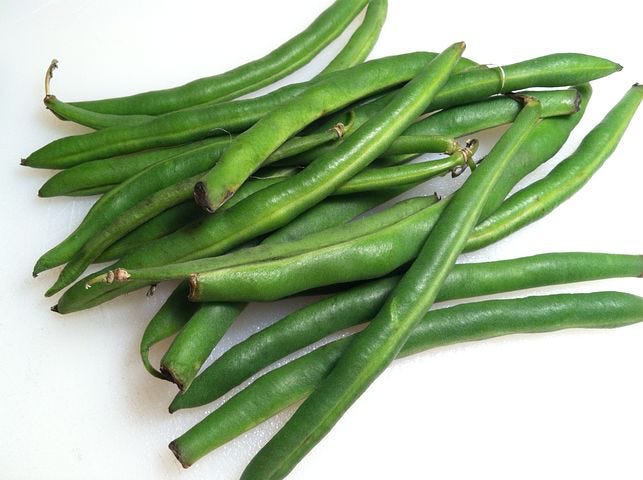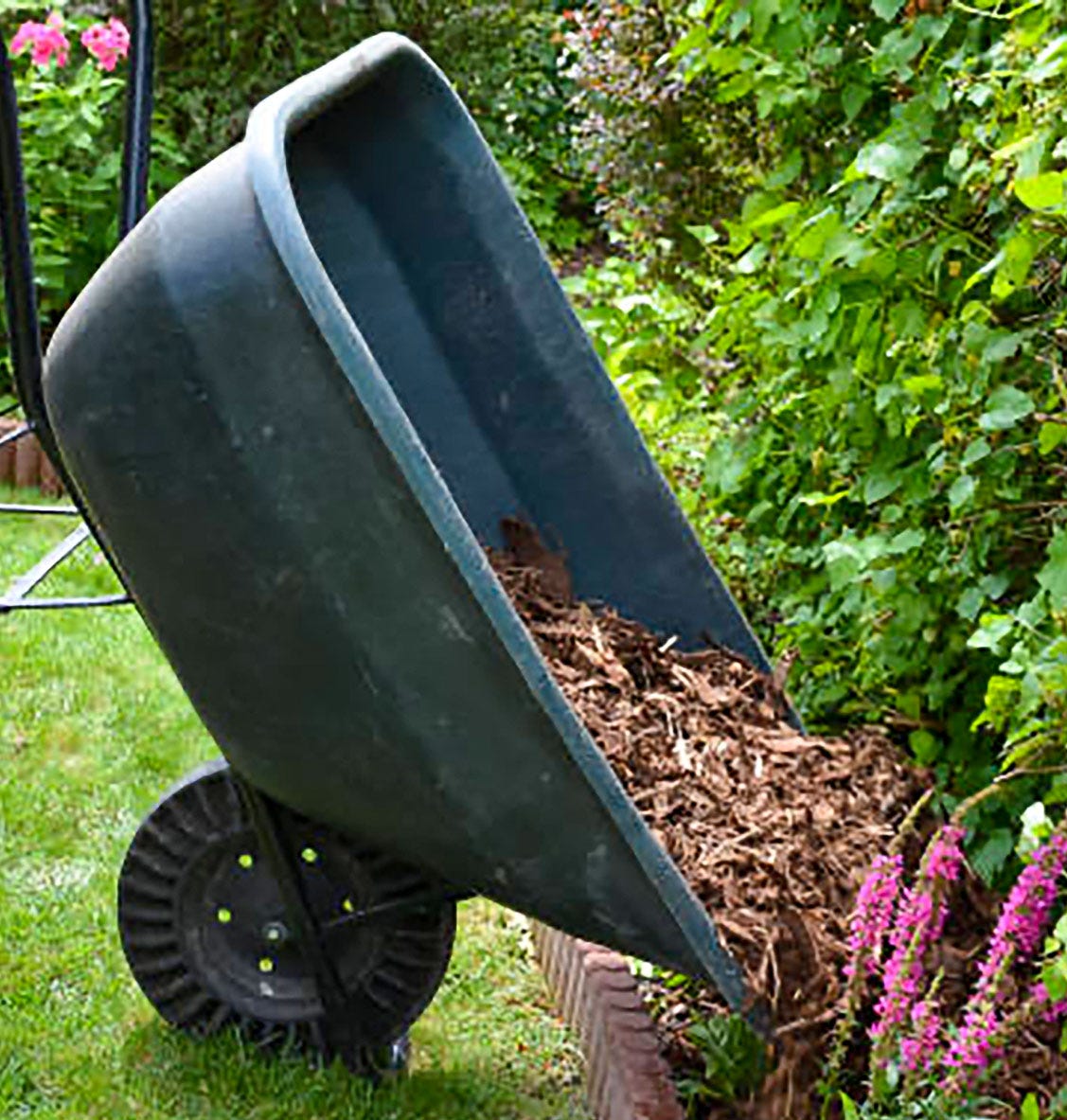To Fertilize, or Not to Fertilize… That is the question. Whether ’tis nobler of the mind to suffer the slings and arrows of outraged neighbors, or, to take arms against a sea of horrors from cancers to dead birds… and, by opposing, end them?
Oh, those outraged neighbors, who are certain that every neighborhood should look just like a toy train exhibition with all yards looking mass produced… it’s a lot of work, that green perfection.
But! Those endangered bees, butterflies, birds… to take arms to defend them…
Terrible “Hamlet” quotation interpretation aside… Even green, green grass lovers love butterflies, too. And even native-species-Earth-Bed promoters love luscious growth of their favorite plants. Do native species need fertilizer? Well, why not?
There are pros and cons of any decision we make, every time, so let’s look at pros and cons of the ubiquitous fertilizer.
Fertilizing
For many, it’s hard to part with fertilizer. There are so many joys of fertilizer! Green, green grass. Huge, luscious plants. Incredible yields. Sometimes outrageous blooms. Happy neighbors. Boasting to friends. The feeling of success.
That feeling of success is a mighty pro; incredible yields/blooms are a bonus. For many, it’s a way of life. Show off the garden– to our friends, who are humans, and we think it looks lovely. Does it look lovely to our tiny, often endangered, friends? Well…
Standard fertilizer contains large amounts of nitrogen. This is great for improving the sheer size of leaves, etc. We love this. That feeling of success! But huge leaves are horrifying for tiny butterflies, moths, and other creatures who depend upon leaves; the sheer size of the leaf, which is large without containing the expected bulk of nutrients can literally lead to malnourishment of progeny, which leads to stunted and otherwise unfit adults, which leads to a loss of butterflies, moths, etc. Which then leads to a loss of birds, fish, and other creatures which depend upon them as food.
Consider a bowl of healthy green beans. Yay! Lots of good stuff. Now consider that each green bean, each one, is much larger than in the past - but has exactly the same amount of nutrients than its smaller cousins. Tiny caterpillars have only so much room in their tummies. Rather obviously, they can munch themselves silly and still be malnourished due to a lack of essential nutrients. This is what happens with overabundant Nitrogen; sadly, it is also true of overabundant Carbon Dioxide, which is apparent all over the planet. Combine Nitrogen with Carbon Dioxide, we get glorious looking plants that literally starve insects which depend on them - and bring down whole food webs with them. We can’t stop overabundant Carbon Dioxide all by ourselves, but we can prevent excess Nitrogen.
That marvelous growth is because Nitrogen acts as a water binder in plants. This means that fertilized plants are literally thirstier than others, which means a great deal of watering may be necessary simply to prevent death. We are all drawing out of the same sources; the water we use today will not be available for future generations, because it takes much longer for water to filter into an aquifer or settle cleanly in a reservoir than it takes us to pull it out.
All that water is also immensely attractive to various insects, such as aphids, Japanese Beetles, and other miseries. Thus fertilizer attracts pests, which we then need to control. Yikes!
And– standard fertilizers are petroleum based. It’s hard, in this day and age, not to understand the worry over petroleum based products. Some fertilizers are not petroleum based, but they are the exception. They still have large amounts of nitrogen and other nutrients which can quickly become a problem in the environment.
Phosphorous is another huge problem of standard fertilizers. Frequently it runs off into local waterways, where it is gleefully consumed by algae, which promptly blooms atrociously. The “super-bloom” is great for algae, but terrible for fish, crabs, and other sea life, because it removes oxygen from the water– which the fish, etc., like us, need to survive. So, what’s great for algae can be horrible for seafood.
Can plants grow without fertilizer?
Of course.
You’re not likely to get the first prize for the biggest tomato at the fair, because others will fertilize. However, your smaller tomatoes, lacking all that water, might be the tastiest around.
Your plants might not grow as quickly as your fertilizing neighbors. But, your fertilizing neighbors will be out there pruning and splitting and other plant containment activities which you will have to do, too, but much less often. Slower growing plants need much less pruning, shaping, mowing and splitting than their fertilized cousins. More fertilizer, more work.
Mulch of all sorts is very useful, particularly in droughty summers. Green mulch is, perhaps, most useful; a large variety of plants, covering the ground like any mulch, pulls nutrients up from the soil for all to enjoy in addition to providing water-loss control and weed containment.
CAREFUL watering will help. If we respect that many plants (not annuals) like to go dormant in hot, dry months, and refrain from forcing them to perform despite that preference, we will help all but those needy annuals, who go for broke each and every year, and just emerged seedlings of any sort, who have no defenses.
The rule is– water ONLY annuals and seedlings. Allow all other plants to go dormant as nature dictates. Severe drought is an exception; if more than a month goes by without rain in full summer, consider carefully watering some tender plants.
Fertilizer interferes with nature’s plan; nitrogen forces plants to grow, despite their desire to sleep through summer’s heat and drought. It’s tough on the plants. Unsurprisingly, fertilized lawns and gardens quickly develop all sorts of issues which must be controlled. Many fertilized plants simply don’t return next year– regardless of their perennial, rather than annual, nature. Lawns get weird problems, same cause. Lawns can go months without rain if they’re not fertilized! They won’t be green until rain returns, but they’re not likely to die.
Then– there’s COMPOST
Many gardeners consider compost the way around fertilizer issues. They’re not wrong; compost is fabulous stuff, known as “black gold” in gardening circles.
Compost isn’t quite a perfect solution to the “to fertilize or not to fertilize” question, but, particularly for the fertilizing faction, it’s really doggone close.
Compost replenishes the nutrients removed by prior generations of plants. It also helps maintain moisture, a blessing in dry, drought stricken months.
Compost is far better than the “vitamin pill” standard fertilizers offer. In addition to mild amounts of the standard “vitamins”, it offers a wide panoply of minerals and other vitamins. Beyond that, it’s also a “pro-biotic” pill for soils.
Compost is the way to go if you’re amenable to playing– Gently!– with Nature’s plan. You will still have to water annuals and seedlings, but they will grow robustly, rather than getting top heavy, as is common with fertilized plants.
Those who object to any amendment whatsoever to what nature provides should skip compost; highly recommended for those folks is lots of leaf mulch, which will help prevent soil depletion.
So! To fertilize, or not to fertilize… Up To You.
Happy Gardening!










Perfect timing as we are all wondering about fertilizing with spring gardening planting. Sometimes “less is more”!